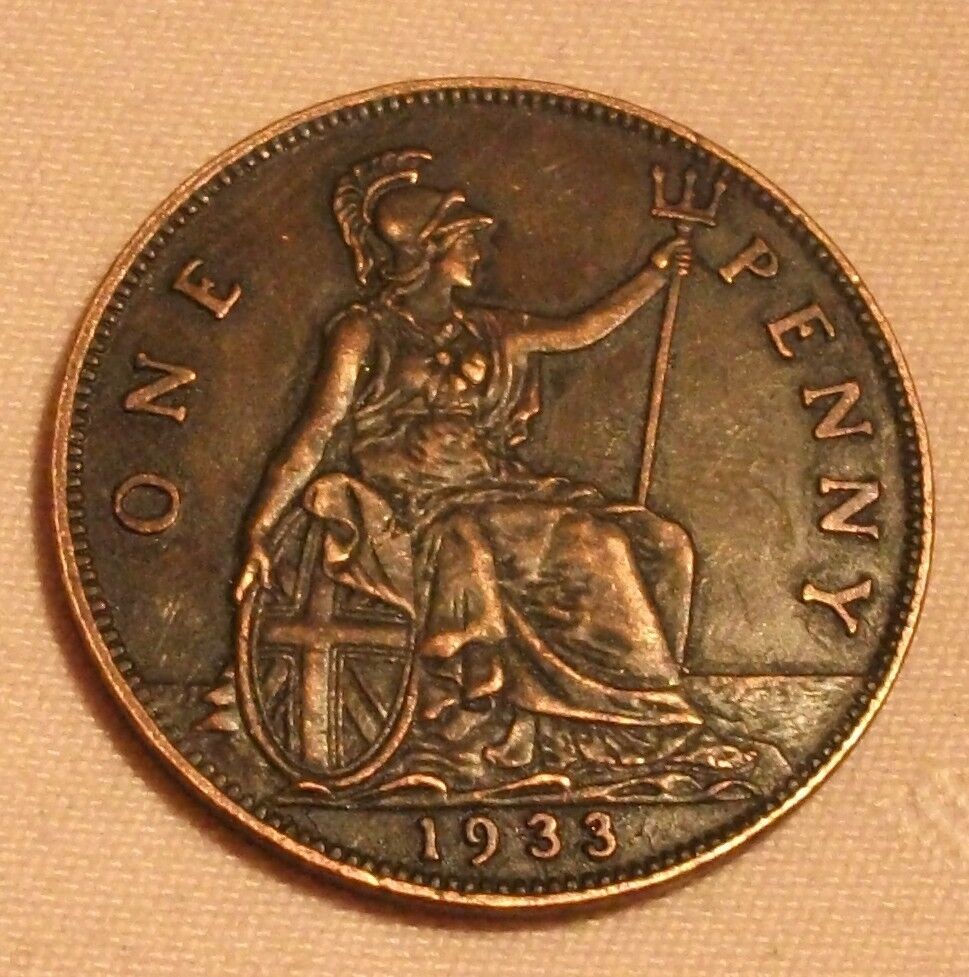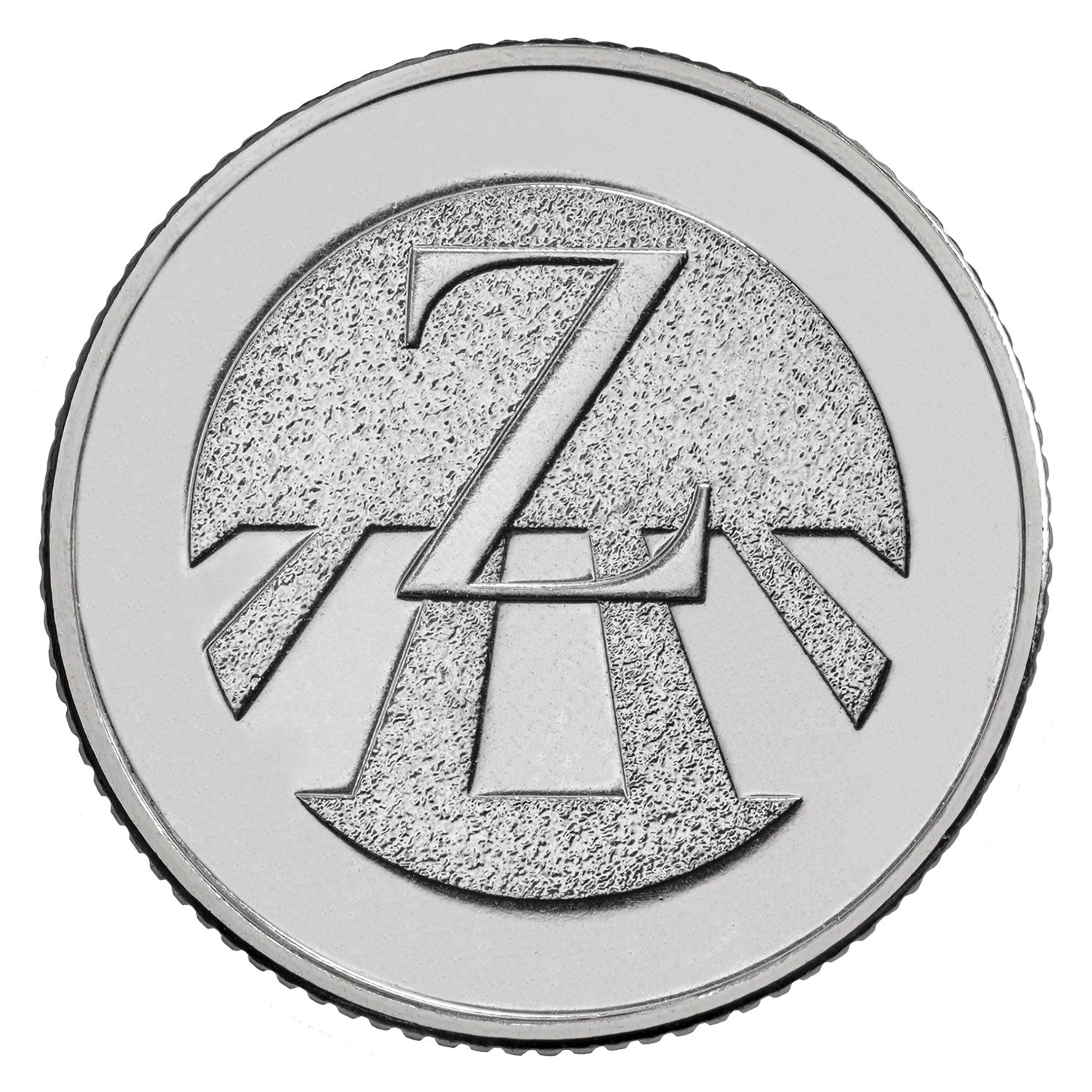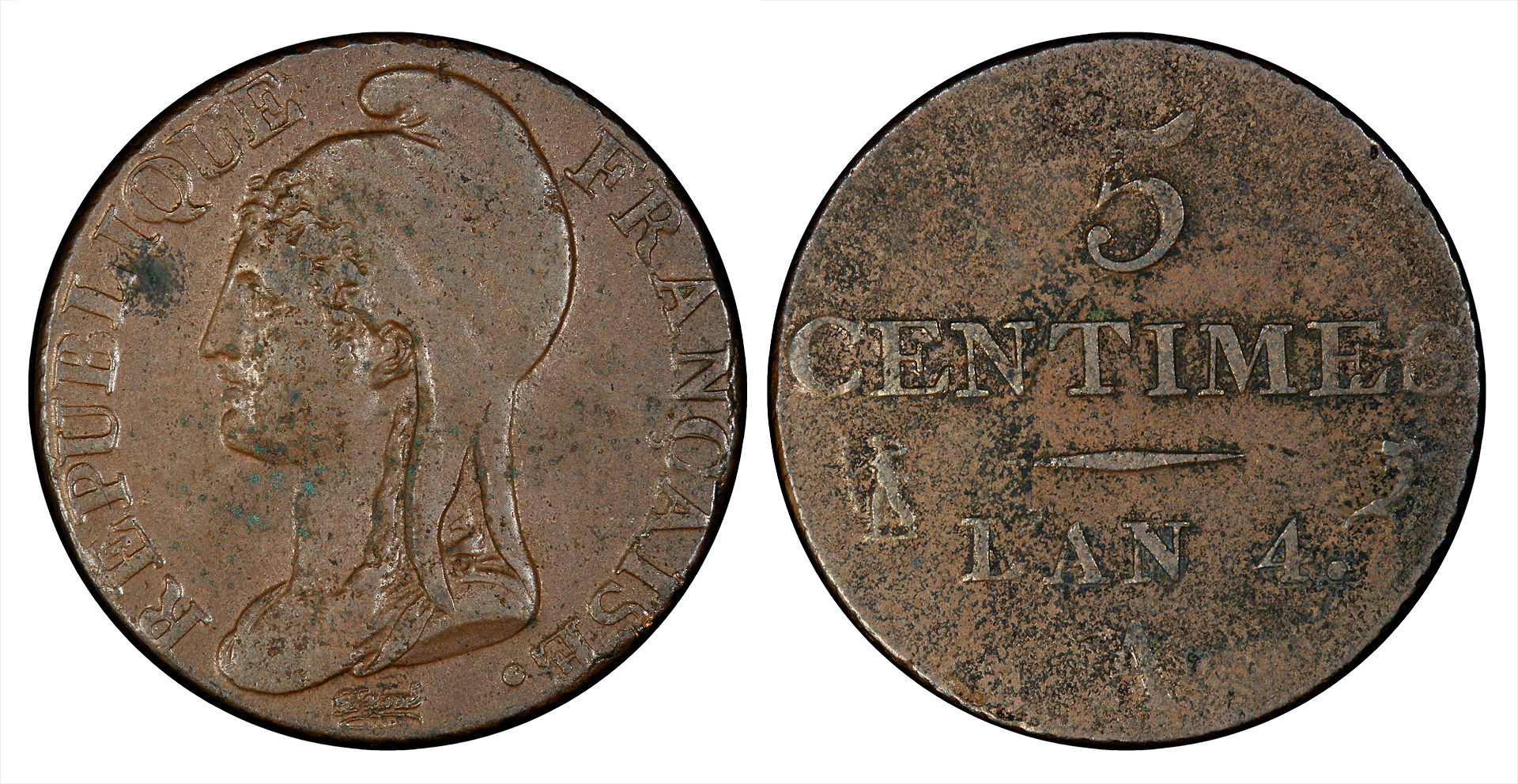If you’re a collector of any sort you’ll have engaged with the concept of rarity in some way.
Coin collectors are no exception.
But coins, like stamps and records and lots of other collectibles, are mass-produced in huge numbers.
And coins, more than most of those other things, are designed and made to last.
It’s really their raison d’etre.
So how do we get rarity in coin collecting?
Let’s have a look.
1 - Limited supply
The supply of money is a complex economic problem.
And that applies to the supply of physical money just as it now might apply to quantitive easing via digital transfers from a central bank.
How much money is needed might affect how many coins are minted.
Some values of coin are more useful. So more are needed.
The Royal Mint says there are probably around 29 billion coins circulating in the UK in 2024.
In 2022 they minted 7.7 million of the current £1 coin, called the Nations of the Crown.
In 2021 the figure was 21.7 million.
The comparable figures for 10ps are 38 million in 2022 and 71,2 million in 2021.
Perhaps the most famous British common rarity is the 1933 penny. 
A 1933 Penny, the year the banks had enough money.
The banks had enough pennies in stock (in the middle of a global depression) so none were needed. Only proofs were ever made.
The abdication of Edward VIII came before any coins could be issued, but after the design process had begun. That makes coin proofs with his profile among the rarest anywhere in coin collecting.
2 - Artificially limited supply
Mints want their coins to be bought.
Since they became aware of coin collecting they have tried to make coins that are attractive to collectors.
That means beautiful designs to commemorate national events. And limiting the numbers of those designs.
A great recent example is the Royal Mint’s Great Coin Hunt issue of 2019.
That year, the issue of 10p coins was split into 26 designs for the 26 letters of the alphabet.

THe Zed is the rarest of the 2019 10p coins.
They struck just 60 to 80,000 of each coin. While that might sound a lot for a limited edition, in monetary terms this is a tiny number. As they go into general circulation the vast majority will pass out of the hands of potential collectors.
3 - Historical significance
One way to find something rare is to find the first. There can only be one first.
And, so first issues of coins are often rare and often more valued.
The first coins of a reign or regime will be considered collectible and rare by dint of capturing a single moment in time.

A 5 centimes piece from 1795, the first coins of the first French Republic.
4 - Accidents of history
When people strike coins they are often making a political statement.
But history laughs at our plans!
So, as borders move, empires fall, and monarchs topple so those coins become artefacts of short-lived dreams. Sometimes currencies collapse too, and the molten metal of a coin becomes more valuable than the figure printed on its face. What is one to do then? Melt it down is the obvious answer.
China before the People’s Republic saw periods of instability with multiple coin issuing authorities.

A Chinese Republic coin from 1914, when the country was in unstable territory at the end of Empire. This is President Yuan Shih Kai.
Before the kingdoms of England were united by Alfred the Great into what we now think of the modern English nation they were all issuing coins.
Coins from such short-lived states can be very rare and sought after.
5 - Errors
Look up the penalties for interfering with money in history. They’re usually pretty brutal.
The integrity of currency is a big deal for a state that wants to stay in power.
And that includes producing good quality monetary raw materials in the first place.
The modern industrial age made the processes that made coins ever more efficient and uniform.
And that made errors ever more rare and attractive to collectors.
Errors are classified and catalogued.
They are often valuable, but not always, as attractive or visually striking errors are highly sought after.
6 - Demand exceeds supply
If you’d like an Edward VIII coin you probably can’t have one.
They’re aren’t enough to go around.

An official portrait of the King who barely was.
When a coin attains a certain level of desirability it may move effectively off the market.
Coins bought for museum collections are rarely sold again.
And some collectors are also able to buy for the long term.
A 1344 Edward III Florin was last sold in 2006 for £460,000. That was ⅓ of the world supply of that coin as far as we know. You can go and see the other 2/3s in the British Museum.
7 - Self-imposed rarity
As a collector you may not want just an example of a coin. You may demand one in a certain condition. Older coins are less likely to be in that condition. And so another level of rarity is added to the stack.
8 - Withdrawals
Errors are bad news, and everything is done to keep them out of circulation.
Some coins fail for other reasons.
The Victorian double florin was a flop so bad that biographers reckon the death of its designer not long after it was withdrawn might have been down to the strength of the mockery of the coin.
It was only minted for three years.
In 1907, the US Government released a $20 gold double eagle, designed by renowned sculptor Augustus Saint-Gaudens. But the fancy new design demanded a level of relief that defeated the mint’s machinery and only 30 of the first design could be made.
Things were toned down in order to get the coin into general circulation. An example of the first design was sold for around $3 million in 2005.
Looking for rarity guaranteed
In coin collecting, rarity is undoubtedly a plus.
But you should be able to prove it.
So add the understanding of certificates of authenticity and provenance to your understanding of the hobby.
You can see some of the rare coins we have on offer here.
And you can sign up for our newsletter here. We’ll send you news and information on your interests and you’ll get the first chance to buy our rarest new items.






